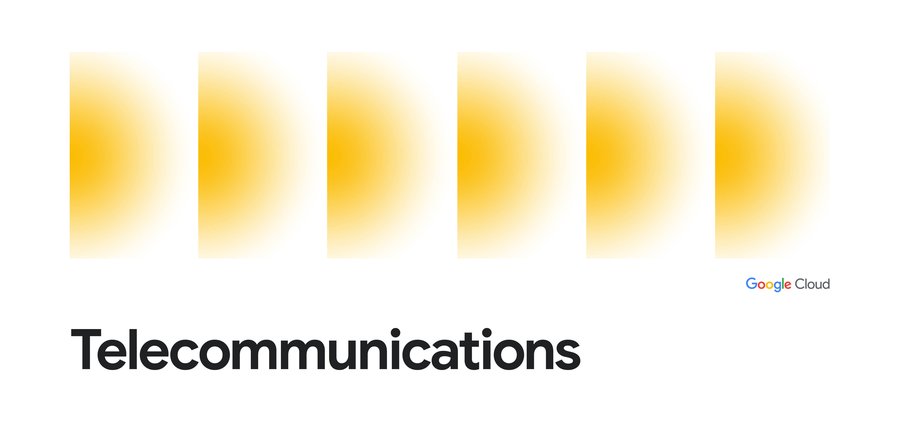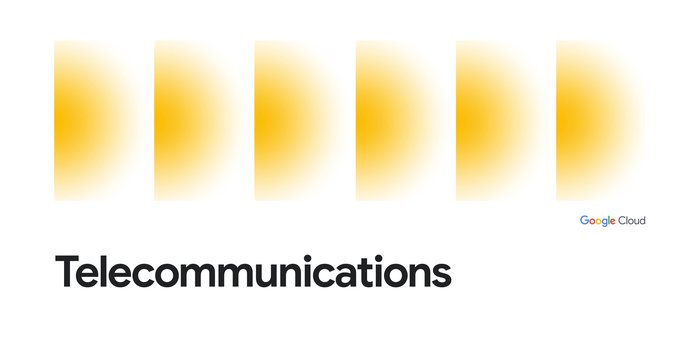Study by Forrester: The industry’s take on 5G networks on cloud

Don Tirsell
Head of Global Strategic Partnerships, Telecommunications
Sharon McTernen
Head of 5G Core Campaign Marketing, Nokia
The promise of 5G is captivating: innovative use cases, lower latency, greater bandwidth, and faster mobility. However, we understand that for Communication Service Providers (CSPs), the shift to 5G standalone (SA) core on cloud affects not only network operations, but also go-to-market and service delivery to consumers and enterprise customers. For CSPs that have implemented or are planning to, what use cases are they prioritizing first, which challenges did they face, and what benefits are they experiencing? Do they have best practices to share and pitfalls to avoid? The good news for CSPs is that you are not alone in this transformation. To address these questions, Google Cloud, Intel, and Nokia commissioned Forrester Consulting to get some answers.
Taking the pulse of the industry
First off, let’s define what we mean by 5G standalone (SA) core on cloud. This refers to when core network functions based on 3GPP 5G standards — such as mobility management, session management, subscriber data management, policy control, media gateway, charging, signaling, analytics, and slice management — run on a cloud computing architecture, including private, public, and hybrid cloud models.
We wanted to dive specifically into CSP priorities and challenges when it came to running their 5G core network functions on the cloud. As such, Forrester Consulting surveyed 171 CSP decision-makers around the world about their experiences modernizing to 5G SA core on cloud. The bottom line: 5G is more than a next-generation mobile network providing higher access speeds; it unlocks new use cases and benefits for CSPs and enterprise customers alike.
Top priority 5G use cases
While the shift to 5G SA core on cloud is taking place across industries and is driven by multiple objectives, respondents cited these as the top use cases and priorities:
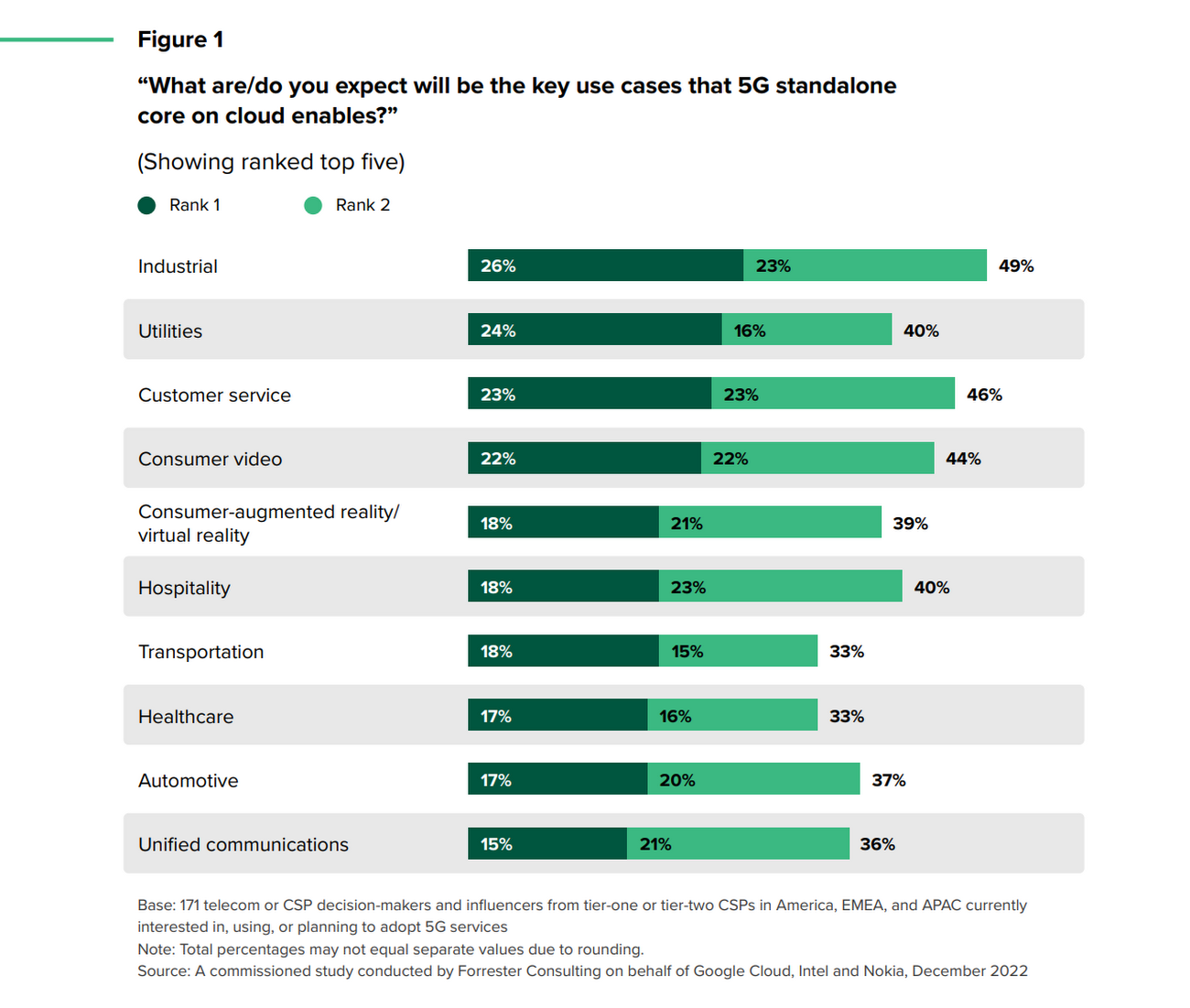

Figure 1
Utilities, industrial automation, and automotive. Leading the way in 5G use cases are industrial and utility applications, specifically in robotics and manufacturing-line automation. About 26% and 24% of respondents, particularly in the Americas, ranked industrial and utility use cases first, respectively, given that high reliability and low latency are critical in these verticals. European and Middle East-based operator respondents focused on automotive and augmented reality/virtual reality (AR/VR). While in the Asia Pacific, the region with the most advanced 5G deployments, respondents indicated that AR/VR and customer service applications, such as remote video support, are considered paramount.
Critical 5G capabilities include reliability and speed. 34% of respondents pointed to high reliability, extreme mobile broadband speed, and critical Internet of Things (IoT) as the most important criteria needed to meet CSP end-customers’ expectations. Examples of industries where these are important include retail organizations that use high-density sensors in their outlets, and healthcare where high reliability is absolutely crucial.
Key cross-industry business objectives
The research also shows that there are opportunities across industries to achieve broad business benefits from the move to 5G SA core on cloud, supporting many perennial objectives. These include accelerating the move to digital business and the ability to be more responsive and agile. Survey respondents clearly recognize that a more robust and flexible network infrastructure will enable them to differentiate their products and services and offer enhanced personalization. Revenue growth, accelerating response to market changes, and improving the customer experience are among the key advantages to be gained.
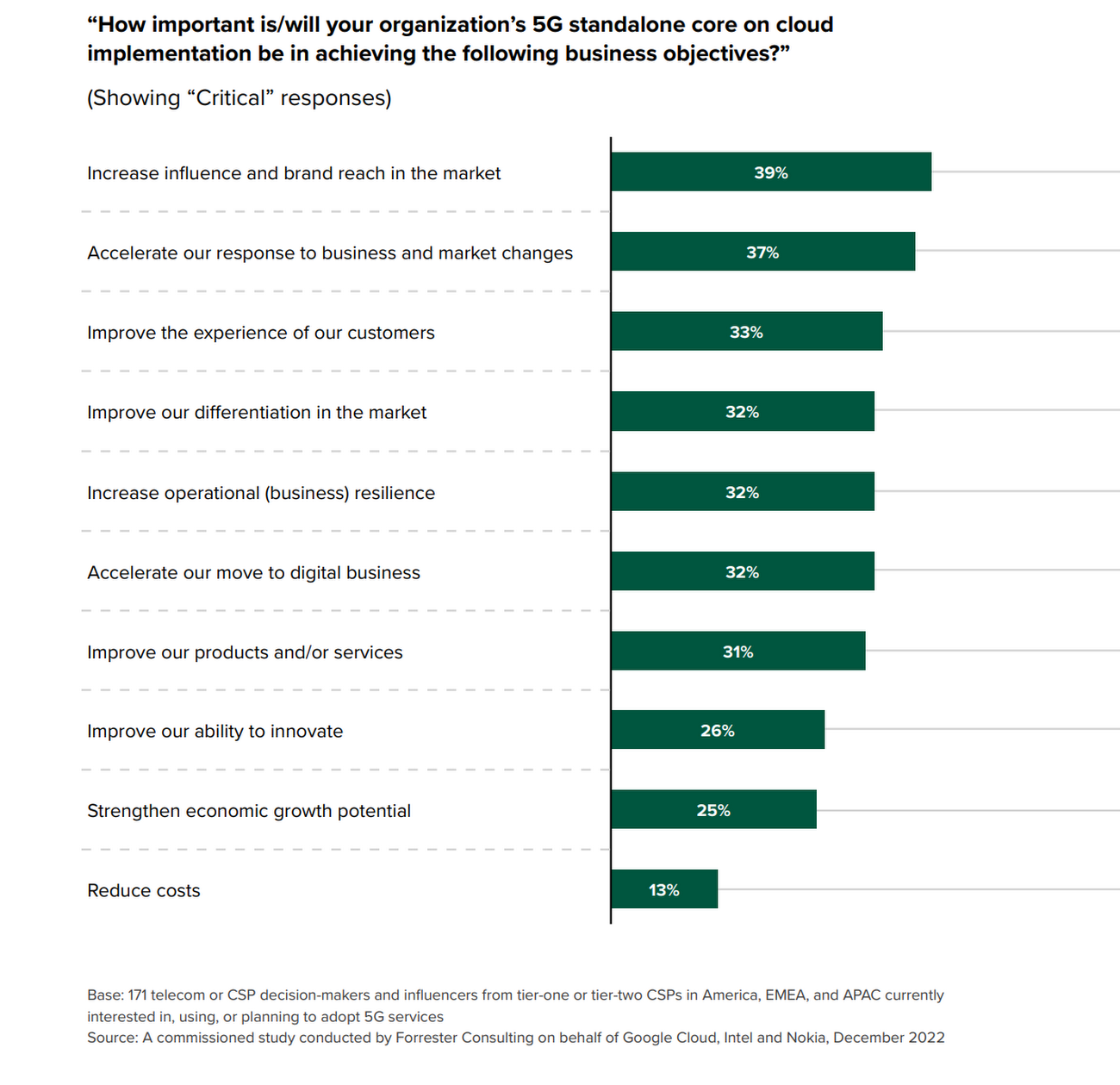

Figure 2
Another top consideration is the resilience factor. 5G SA core on cloud aims to deliver improved mobile network performance, stability, and security while reducing its environmental footprint — all top of mind for customers and end users everywhere. Specific to the question of environmental sustainability, mixed-legacy infrastructure can be less energy efficient. But 5G SA core on cloud can allow CSPs to transport greater data volumes with lower energy consumption.
Barriers to 5G core on cloud
As with other disruptive technologies, 5G SA core on cloud involves more than a technical migration or implementation. Simply virtualizing or containerizing network functions will not deliver the efficiencies promised by the cloud. In order to truly capitalize on 5G, CSPs need to align technical operations with customer-facing ones to bring innovative services to market effectively.
One of the primary inhibitors is the extended migration from legacy operations to automated 5G core networks and the move to cloud-native architecture, since 4G will coexist with 5G for some time. Successfully combining and operating network hardware, software, and services with interconnected users, data, and applications is not a simple undertaking.
And many operators indicated in their responses that they are not sure they — or their enterprise customers — are 100% ready for 5G core on cloud yet. Many respondents believe that technical areas lack maturity, particularly mobile core cloud-native network functions (CNFs) in the public cloud. This is compounded by concerns about operational readiness in fulfillment, quality assurance, and orchestration tools.
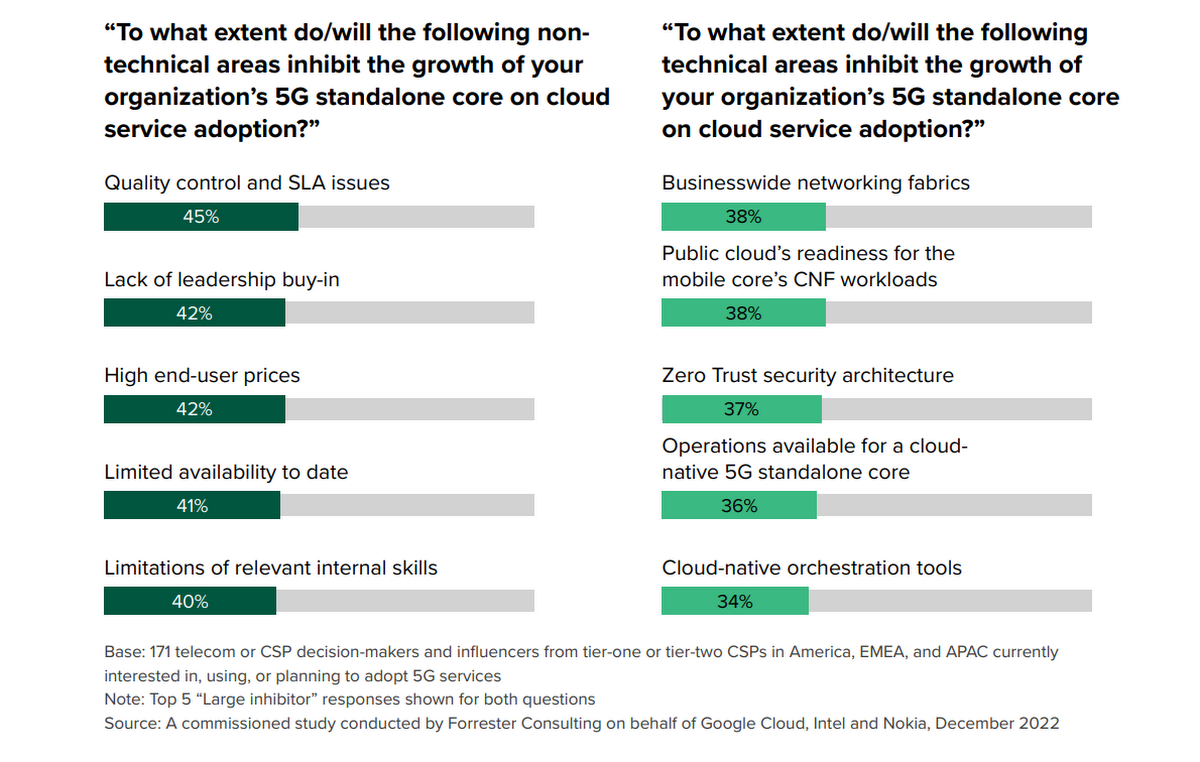

Figure 3
We at Google Cloud are acutely aware of these challenges and have been focused on working with the telecommunications ecosystem to address them. Back in 2021, we introduced Google Distributed Cloud (GDC) Edge, a fully managed service that extends Google’s planet-scale infrastructure and services to not only our network edge, but also the operator edge, customer edge and to customer data centers. GDC Edge enables CSPs to run 5G core and radio access network functions where they need to, all while enabling consistent cloud-based operations at scale.
In 2022, we also announced the formation of project Nephio in partnership with leaders across the telecommunications industry to work towards true cloud-native automation across network operations. The objective is to deliver carrier-grade, cloud-native intent-based automation and common automation templates to simplify deployment and management of network functions and cloud infrastructure at scale. And earlier in 2023, we unveiled that Telecom Network Automation, Google Cloud’s implementation of Nephio, and Network Function Optimizer on Google Kubernetes Engine, a solution that helps modernize cloud networking and makes it a first-class citizen of Kubernetes, are both available for private preview.
Finally, to address the concern from the 37% of survey respondents who believe zero-trust security architecture to be a technical inhibitor, GDC Edge is bringing capabilities to help fulfill CSPs’ security and data-privacy requirements that are inherent to telecommunication services.
The power of the ecosystem
Like their counterparts in many other industries, CSPs recognize the importance of their partnerships. The survey indicated that CSPs realize that partnerships within the telco ecosystem can help them address not only technical gaps, skill needs and complexities, but that an ecosystem is needed to accelerate monetization opportunities as well.
This is where Nokia, Intel, and Google Cloud can come in to help mitigate network complexities, provide technical expertise, and transfer knowledge to fill skill gaps. The research found that the most important steps to overcome 5G challenges are partnerships that include network vendors, cloud providers, professional services to drive change management, and specialist industry ecosystem groups to support key customer segments.
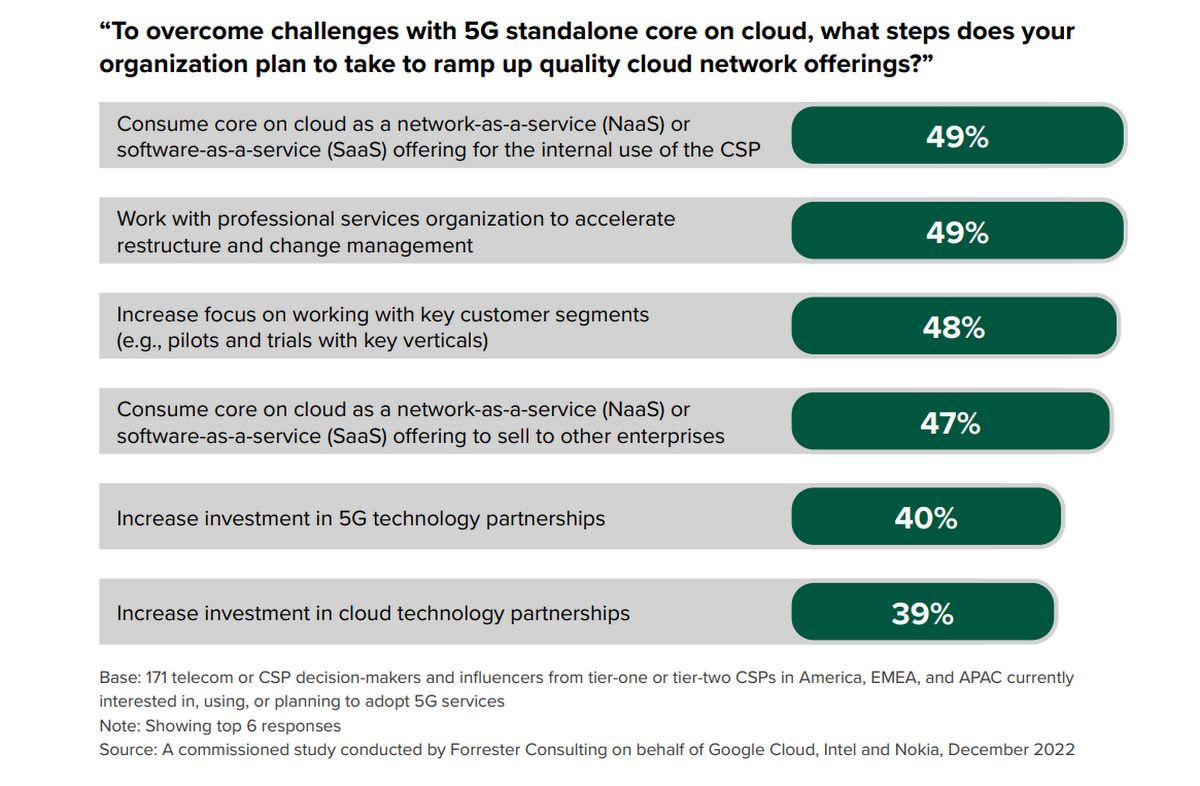

Figure 4
So, are the challenges of shifting to the new 5G core on cloud worth it? Although there are challenges to overcome, the report shows that benefits such as increased flexibility, responsiveness, and stronger network resilience make the transformational challenges worth the effort. And the bottom line is that ecosystems and partnerships are fundamental to helping CSPs deliver the benefits of a more dynamic network infrastructure to support their enterprise customers.
Are you ready for the future of 5G? Learn more by downloading the full Forrester Consulting study “The Shift to 5G Standalone Core on Cloud” and watch our panel discussion featuring experts from Forrester, Google Cloud, Intel, and Nokia.
